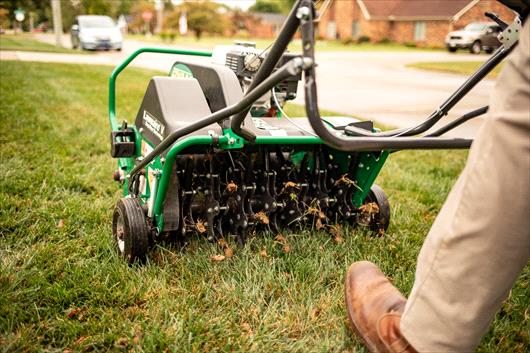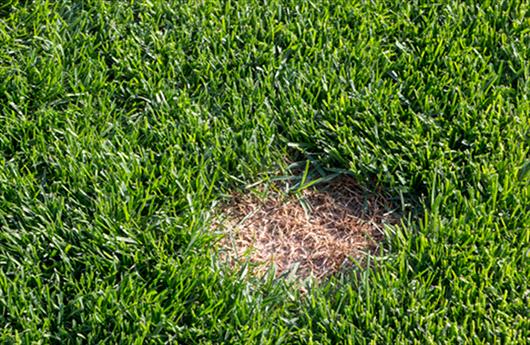Your Cart

Identifying, Preventing, and Treating Snow Mould in Your Spring Lawn
Mar 13, 2024

As the winter frost slowly gives way to the promise of spring, it's time to turn our attention to the silent enemy that lurks beneath the melting snow: snow mould.
Understanding Snow Mould
Snow mould is a common turfgrass disease that often develops in northern turf grass species during the early spring months after the snow melts away. It manifests as patches of discoloured grass, often accompanied by webby, fungal material known as mycelium.
Identifying Snow Mould
Homeowners can spot two types of snow mould: gray and pink. Gray snow mould appears as light brown or gray patches, usually less than 10 inches in diameter, while pink snow mould presents as yellow or tan patches with pink edges, typically 1-8 inches in diameter.
What Causes Snow Mould?
Gray snow mould thrives under extended snow coverage, lasting at least 90 days, while pink snow mould prefers temperatures around 16 degrees Celsius and alkaline soil conditions. Additionally, poor drainage, matted grass, dense leaf coverage, and excessive thatch increase the likelihood of snow mould development.
Preventing Snow Mould
To safeguard your lawn against snow mould, adopt these essential cultural practices:
- Regularly mow your lawn until it stops growing in the fall.
- Avoid letting grass grow too long over the winter, as it can become matted and prone to disease.
- Clear all debris, including fallen leaves, before winter sets in.
- Manage thatch buildup through aeration or raking in the fall.
- Improve lawn drainage to prevent water accumulation.
- Apply moderate levels of nitrogen fertilizer in the fall and refrain from late applications that stimulate growth before dormancy.
Treating Snow Mould
While prevention is key, it's essential to know how to address snow mould if it appears on your lawn. Gently rake affected areas to loosen matted grass, allowing the turf to breathe and recover. If recovery is slow, consider overseeding damaged patches during optimal growing conditions.
Don't let snow mould cast a shadow over your spring lawn's health. By staying vigilant and following these preventive measures, you can keep your turf lush and disease-free. If you ever have questions or need assistance with your lawn care, don't hesitate to reach out to your local Weed Man experts. We're here to help you achieve a vibrant, thriving lawn all season long.
 French (CANADA)
French (CANADA)





